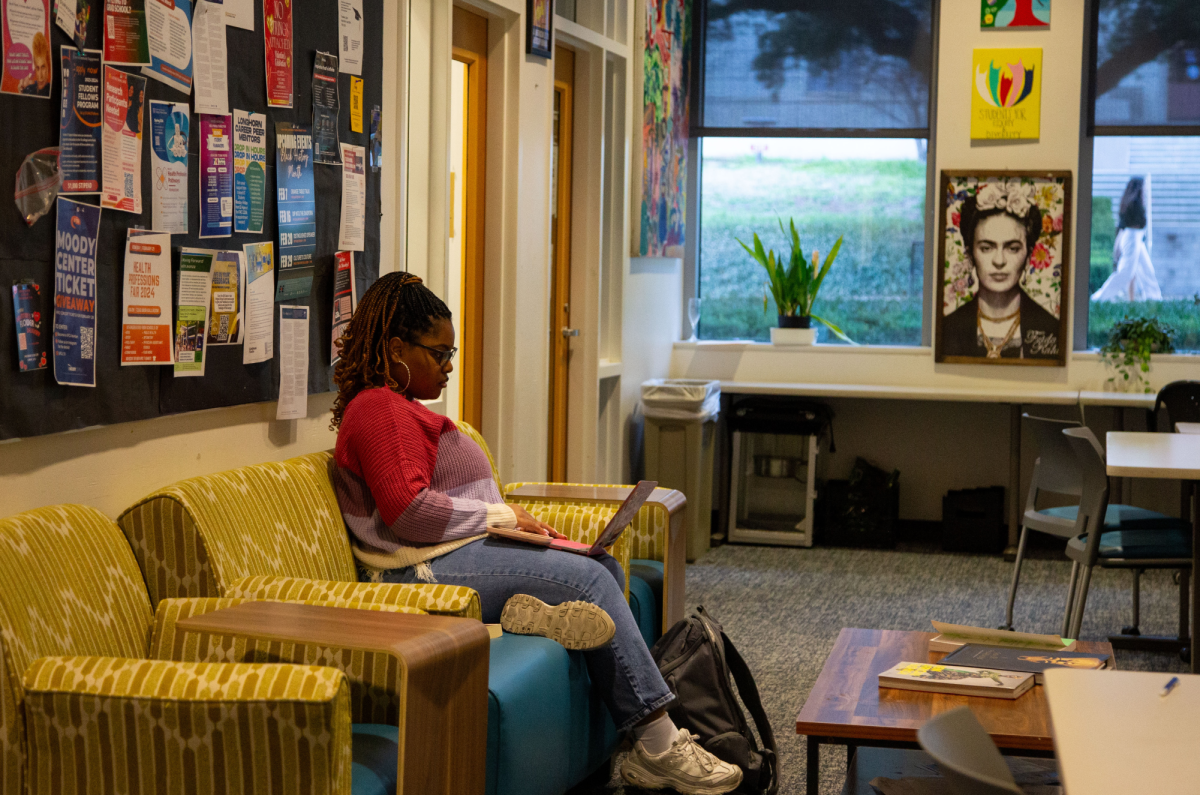The launch of a national campaign Friday addressing sexual assault prevention on college campuses highlights University efforts to tackle sexual violence, according to a University health official.
President Barack Obama announced the “It’s On Us” campaign, the latest effort from an ongoing White House initiative to reduce the number of sexual assaults among college students. The campaign encourages bystander intervention, particularly from men, through public service announcements featured nationwide.
According to Obama, about one in five women is sexually assaulted during college, but only 12 percent of victims report the assault.
Erin Burrows, health education coordinator at the Counseling and Mental Health Center, or CMHC, said the “It’s On Us” campaign can start conversations about the role of students in sexual assault prevention.
“This campaign is really about what students can do at the grassroots level to take action,” Burrows said.
The University program BeVocal, which launched in April, addresses tactics students can use to prevent violence, such as sexual assault, suicide and domestic violence.
Jane Morgan Bost, the associate director of Prevention and Outreach Services at the CMHC, said the BeVocal program was created to promote a student culture that stands against violence.
“We want to create culture change and say Longhorns care for Longhorns,” Bost said. “We don’t just stand by and watch something happen to another Longhorn.”
Burrows said BeVocal provides student organizations with intervention training that presents direct and indirect ways students can engage a high-risk situation.
“There is no hierarchy in intervention,” Burrows said. “Depending on what the circumstances are in the situation, you really need to figure out how to best use the tools that you have.”
Bost said students often will not act in a case of sexual assault because of “groupthink” mentality.
“If a person sees there’s a problem going on, but no one is doing anything about it, that person might think, ‘I must be wrong. No one here is responding.’” Bost said.
Burrows said indirect methods of intervention can be an effective way for individuals to counteract the pressure of intervening.
“For example, if there’s a stranger-based situation down on Sixth Street, and you don’t know what the deal is, then it might be your best bet to get other people involved like the bouncer or the bartender,” Burrows said.
Public health junior Liliana Vasquez said she hopes to see more men take responsibility for sexual assault prevention because, according to a report from the U.S. Department of Justice, almost 99 percent of sexual assault offenders are male.
“If you look at a lot of the violence prevention work, it’s mostly headed by women, which, in fact, it shouldn’t be,” Vazquez said. “It should be the other way around or a lot more balanced so that people are working together to shift culture.”




















